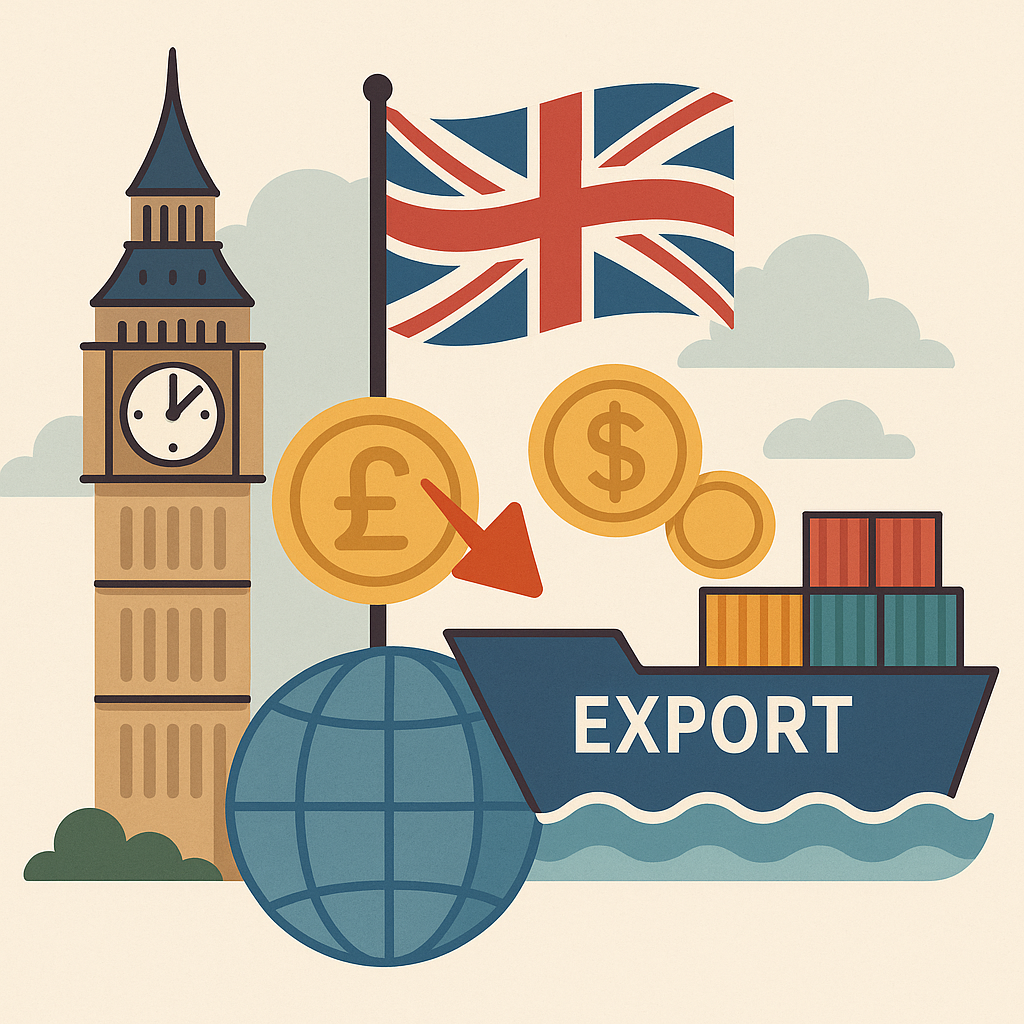Syllabus Edition
First teaching 2025
First exams 2027
Consequences of Changes in Foreign Exchange Rates (Cambridge (CIE) IGCSE Economics): Revision Note
Exam code: 0455 & 0987
What happens when exchange rates change?
A change in the exchange rate affects the relative price of domestic and foreign goods. This influences how much consumers and firms buy and sell internationally.
If the currency appreciates (gets stronger), exports become more expensive for other countries, and imports become cheaper for domestic consumers
If the currency depreciates (gets weaker), exports become cheaper, and imports become more expensive
Effects of currency appreciation
Impact Area | Effect of appreciation |
|---|---|
Exports |
|
Imports |
|
Domestic firms |
|
Consumers |
|
Inflation |
|
Balance of Payments |
|
Effects of currency depreciation
Impact area | Effect of depreciation |
|---|---|
Exports |
|
Imports |
|
Domestic firms |
|
Consumers |
|
Inflation |
|
Balance of Payments |
|
Case Study
The UK Pound Depreciation After the 2016 Brexit Vote
In June 2016, the UK voted to leave the European Union (Brexit). As a result, there was major uncertainty in financial markets, and the value of the British pound (GBP) fell sharply against other major currencies.
Before the referendum: £1 ≈ $1.45
After the vote: £1 fell to ≈ $1.20 — a 17% depreciation
This depreciation affected trade, consumer prices, and the wider economy.

Impact
The weaker pound had the following effects:
Exports became cheaper for foreign buyers
British-made goods and services were more affordable abroad
Imports became more expensive
The UK had to pay more for imported products like fuel, food, and electronics
UK firms saw a rise in overseas demand but also higher input costs for imported raw materials
Consumers in the UK faced rising prices for everyday items due to more expensive imports
Macroeconomic result
UK exporters benefited, especially in manufacturing and tourism, as foreign customers took advantage of favourable exchange rates
Inflation rose in 2017, peaking at 3%, partly due to the higher import costs
The Current Account deficit narrowed slightly, helped by stronger exports and weaker import growth
Consumers faced reduced purchasing power, especially for imported goods, leading to pressure on real incomes and the standard of living

Unlock more, it's free!
Did this page help you?